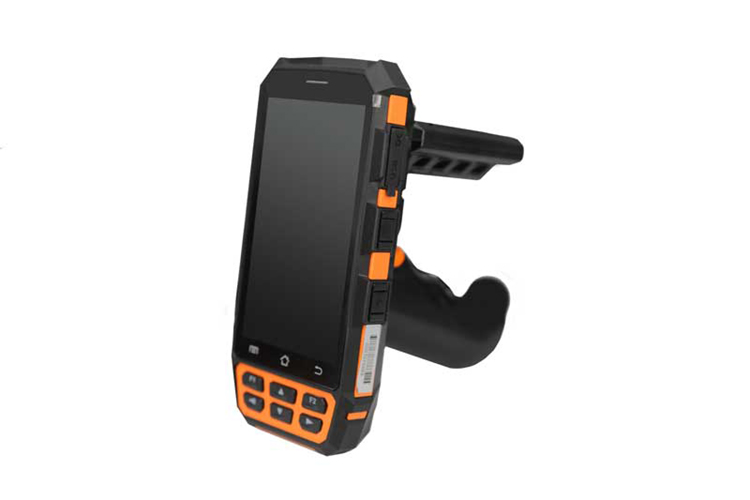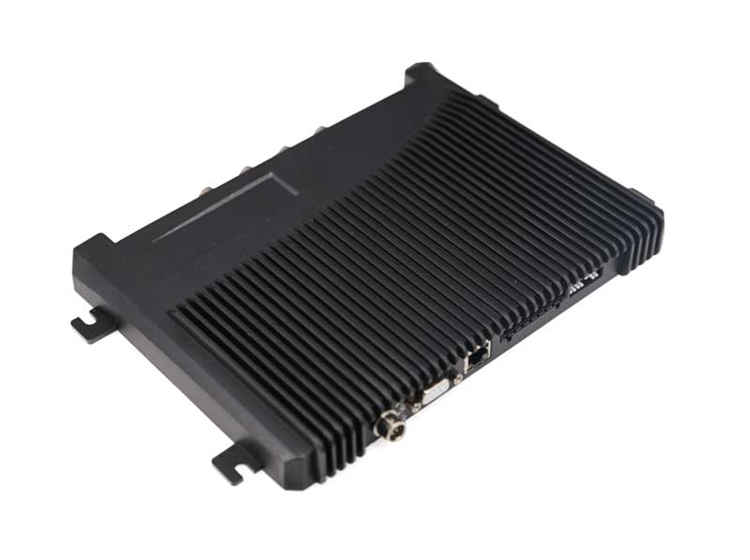The function of EPC/RFID system is the data acquisition process of "reading" the RFID data. The basic process of reading is as follows:
1. The RFID tag is attached to the item. When the item is close to the reader, the tag generates various types of electromagnetic coupling effect and gains energy (electricity) in the signal magnetic field of the reader. After power-on, the tag begins to exchange information with the reader: the tag and the reader first carry out security authentication, and then the tag receives instructions from the reader and sends them back to the reader for storage. Stored data information.

2. The RFID reader transmits the data in the tag to the RFID middleware. The data in the label is "EPC Code", which includes embedded information (embedded information, goods characteristics information, including items ID and other attributes) and reference information (information Reference, data network information).

3. The RFID middleware sends the tag information (EPC code) acquired by the reader to the Internet of Things Name Service (IOT-NS) through the Internet. After receiving the label information, IOT-NS will find the corresponding server IP address according to the reference information in EPC code, which is the server address of Internet of Things Information Service (IOT-IS).
4. IOT-IS server will query the detailed information of the corresponding item ID according to the tag information sent by the RFID middleware, and return it to the RFID middleware.

5. The RFID middleware sends all the information related to the item (e-label information, item details, reader reading etc.) to the application system according to the need. After receiving the data, the application system software will make corresponding processing: send out command signal to control the action of the actuator, or visualize the scene state, or produce business reports after data analysis, etc.
The reading process here is based on EPC/RFID system architecture. In a large number of practical applications, the industry application of RFID does not deploy EPC system functions: neither RFID middleware, nor Internet-based name resolution services and information query services. It adopts a non-networked mode: the reader receives the tag data and sends it directly to the local application server for processing.
The RFID tag has the function of traceability and anti-counterfeiting. In fact, it is the form of data access. China AsiaRFID is a coastal one-stop service RFID factory with strong technical support and service concept. High-quality products are often the best brand. There are RFID tags, RFID wristbands, RFID cards, RFID keys, smart cards and other products.